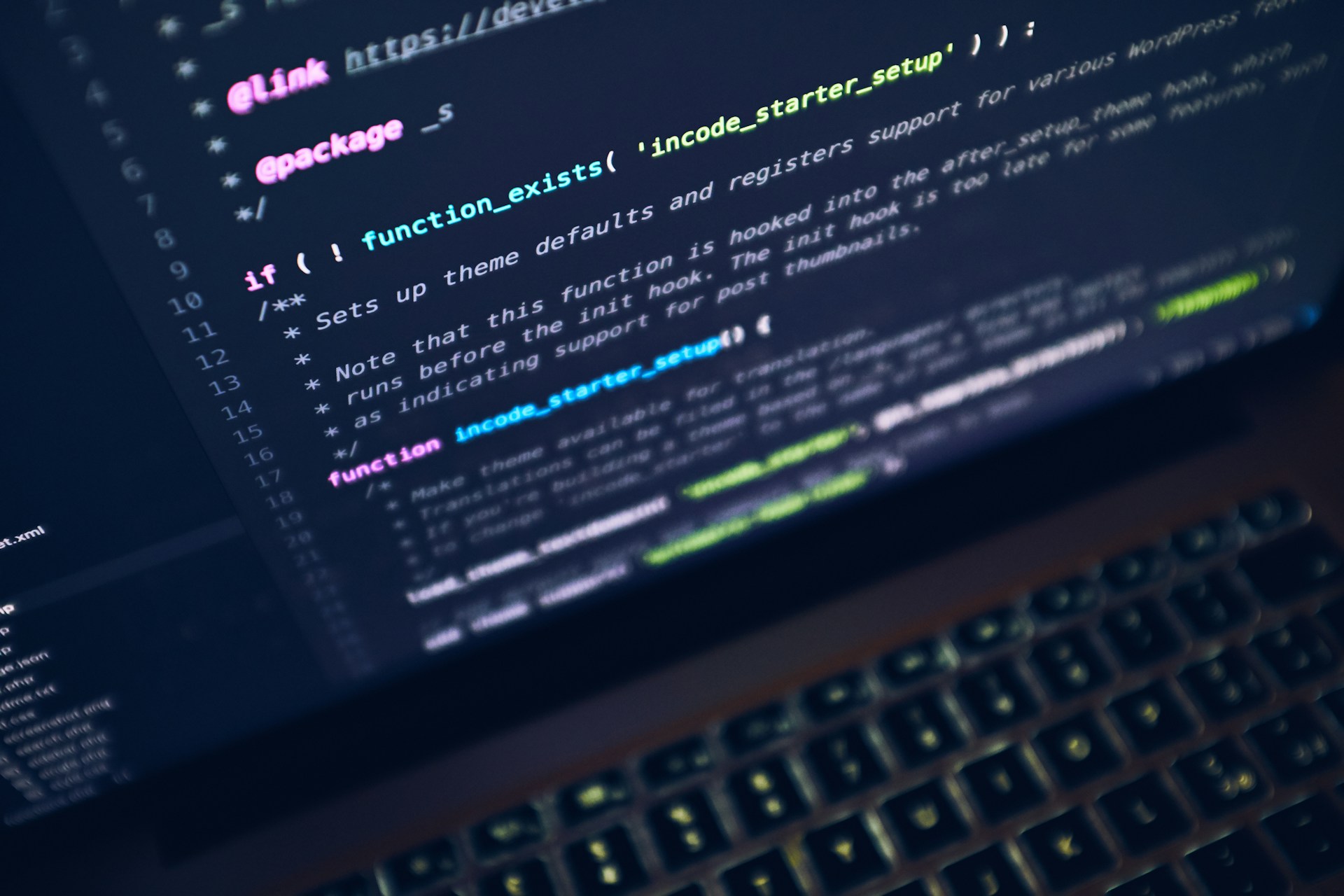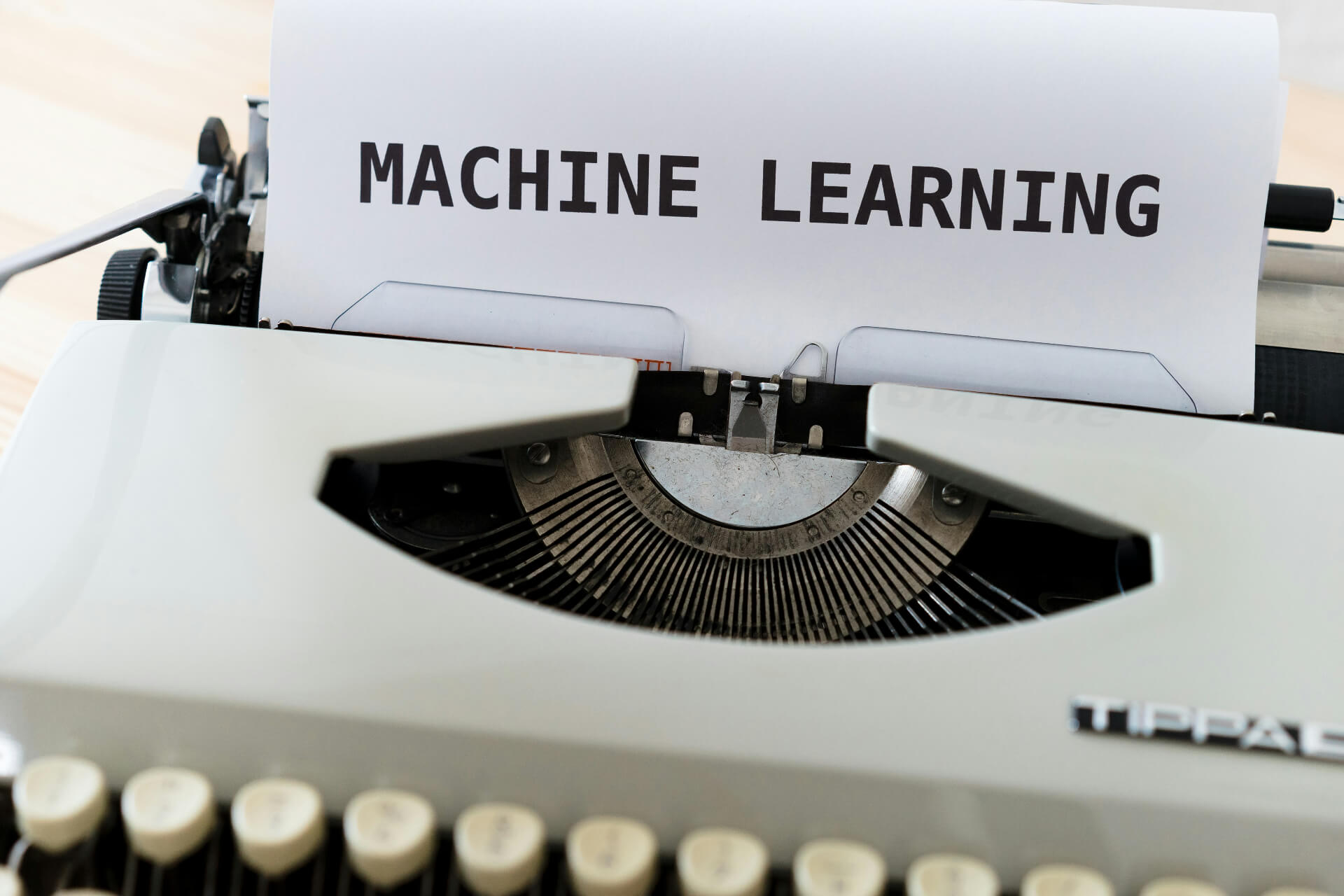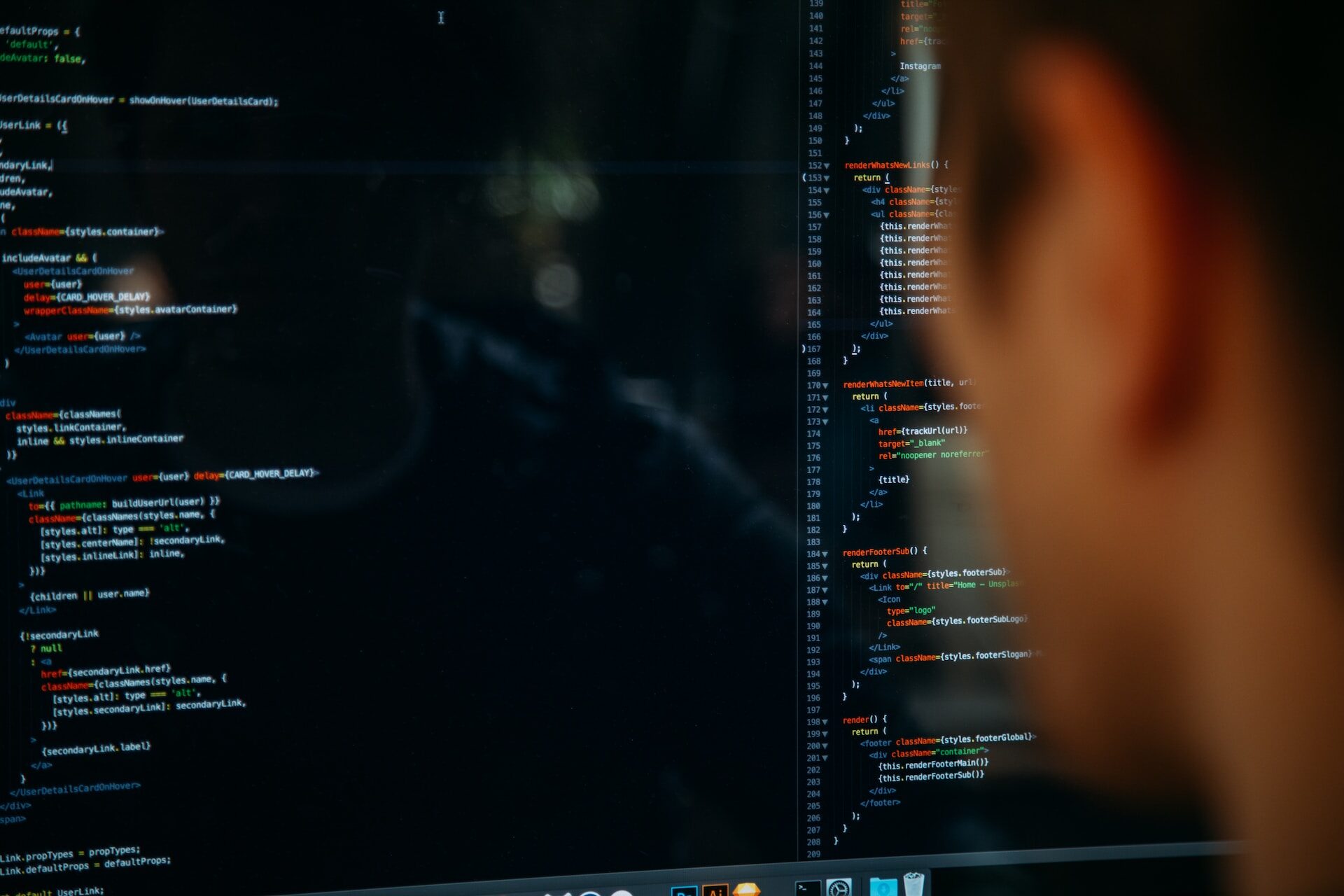
How to Improve Training in Machine Learning Applications
September 25, 2024 - Emily Newton
Revolutionized is reader-supported. When you buy through links on our site, we may earn an affiliate commision. Learn more here.
The training process is one of the most crucial steps in any machine learning (ML) application. Success here can lead to significant improvements in model reliability, but missteps could make a project far more complicated and time-consuming than necessary. Consequently, learning to optimize training in machine learning is critical.
What Is Training in Machine Learning?
“Training” in machine learning refers to the phase where you give a model sample data so it can learn to process similar inputs once deployed. This is the first step in machine learning where the machine actually learns.
On a basic level, all ML models work by applying patterns they’ve encountered previously to new information. Training is where they recognize those initial patterns, preparing them for use in the real world. That’s why this stage is so important. Errors like inaccuracy, bias and overfitting all stem from issues in the training process.
Different ML models learn differently. Supervised learning — the most common type of ML algorithm — involves considerable manual intervention. Unsupervised learning, by contrast, requires little human involvement because it relies on unlabeled data. Across all categories, though, optimizing this stage is key to building an effective ML model.
6 Steps to Optimize the Machine Learning Training Process
While specific ways to improve machine learning training can vary between models, there are a few general best practices. These six steps can lead to more effective training in any scenario.
1. Understand the Model’s Training Needs
The first step to better training in machine learning is to understand how your model learns. Some algorithms require significant amounts of labeled data. Consequently, optimal training relies on accurate labels from the data science team. However, that’s not a concern for other applications.
The type of model is just one factor to consider. Data scientists must also align the learning process with the ML system’s target end use. A machine vision solution will require an entirely different type of training data than a natural language processing (NLP) bot.
It’s important to consider these needs far in advance. Data curation is often the longest stage in machine learning, so teams must determine the kinds and amount of training data they need well before they begin feeding it to the model.
2. Tune the Model’s Hyperparameters
Hyperparameter tuning is another area where mistakes often occur in ML training. A model’s hyperparameters determine its architecture, covering factors like the number of branches in a decision tree or the penalty strength in a regression algorithm. Teams must optimize them because they influence training efficiency and can hinder the model’s versatility or accuracy.
Tuning is the process of adjusting hyperparameter values over multiple small trials to create an optimal learning environment. Data scientists can do this through several methods, each with its own pros and cons. The important thing is that they end up confident in their model’s architecture before training proceeds.
In many cases, it’s best to automate this step to streamline it. However, automation may introduce visibility concerns, which is not ideal for ML models facing tighter regulations.
3. Cleanse the Training Data
The training data’s reliability is a major concern, too. Some experts estimate that low-quality data costs businesses $12.9 million annually. ML models cannot draw accurate conclusions if they learn from inaccurate or missing datasets, so teams must ensure the usability of any information before feeding it to their algorithm. This process is known as data cleansing.
Data cleansing analyzes a training dataset for inconsistencies and known inaccuracies. It may also highlight incomplete records and standardize file formats if such factors are necessary to achieve the desired performance in the given ML model. Removing duplicates is often helpful, too.
This process can be time-consuming, especially with a supervised model that needs consistent, accurate labels for all data points. Consequently, it’s another good fit for automation. Automated data cleansing may also make it more reliable, as humans are likely to make mistakes in such repetitive work.
4. Use More Data
A similar way to improve training in machine learning is to increase the amount of data. Sometimes, the accuracy of the information is less concerning than the sample size. Generally speaking, more data means less risk of over or underfitting, as outliers won’t stand out as much.
Some ML algorithms — such as support vector machines and naive Bayes models — can produce accurate results with limited data, as they’re resistant to overfitting. Still, all types tend to benefit from a larger, more diverse training dataset. However, collecting this information can be challenging for some operations.
When privacy restrictions or availability concerns stand in the way of data collection, synthetic data is a valuable alternative. This information is AI-generated and acts like real-world data without containing any actual people’s details. It’s also easy to obtain as much as you need, making it a good way to supplement existing datasets.
5. Consider Ensemble Learning
A more complex but popular method to enhance ML training is to employ ensemble learning. This is the practice of combining two or more ML models to produce more accurate results.
Random forests are a familiar example of ensemble learning, as they combine multiple decision trees. However, teams may have more success by using different types of algorithms instead of using more of the same kind. Research shows that greater model diversity produces more accurate results in ensemble methods.
Aggregating multiple algorithms is a relatively straightforward way to overcome common problems like overfitting and bias. It’s worth noting, though, that it’s inherently more time-consuming and resource-intensive.
6. Understand the Relationship Between Training and Validation
Finally, machine learning training works best when it goes hand in hand with proper validation. It’s easy to confuse these two steps, but they are separate — training teaches the model while validation measures the reliability of that teaching. Data scientists need both to ensure an effective model-building process.
Optimizing the relationship between training and validation starts with splitting the training dataset. Generally speaking, it’s best to use just 70% to 80% of the initial data for training and use the remaining 20% to 30% to evaluate the model. It’s important to take both sides from the same set to ensure consistency, but the data points themselves must be distinct to prove the algorithm can generalize patterns.
Many models require further adjustment and re-training after validation. Teams must also ensure their evaluation measures line up with their goals and real-world applications.
Better Training in Machine Learning Leads to Higher Accuracy
Model training in machine learning is a critical step — one where far-reaching mistakes are common. Learning to optimize this process is key to creating a reliable ML model. You can have confidence in your ML application once you understand the need for better training and employ these six best practices.
Revolutionized is reader-supported. When you buy through links on our site, we may earn an affiliate commision. Learn more here.
Author
Emily Newton
Emily Newton is a technology and industrial journalist and the Editor in Chief of Revolutionized. She manages the sites publishing schedule, SEO optimization and content strategy. Emily enjoys writing and researching articles about how technology is changing every industry. When she isn't working, Emily enjoys playing video games or curling up with a good book.




